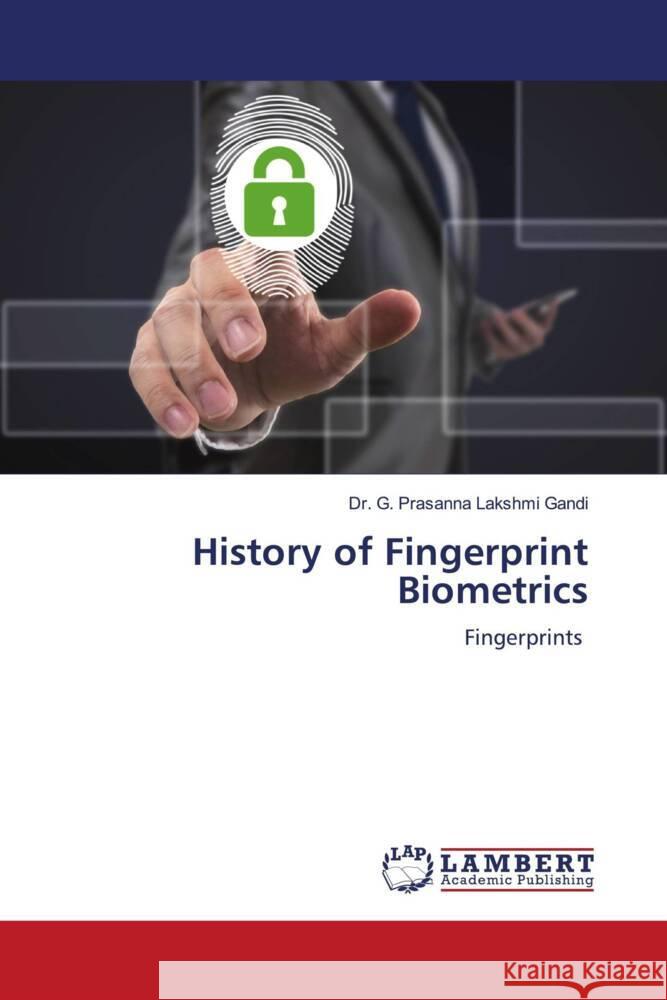History of Fingerprint Biometrics » książka
History of Fingerprint Biometrics
ISBN-13: 9786206845324 / Angielski / Miękka / 52 str.
With development of classification bureaus Fingerprint recognition began between 1890 &1900 as per physical attributes. During this period it was presumed that the records of the original criminals were maintained more than a single locality or a single parish. However the indexed records with the names of the criminals were vulnerable to subversion by adopting an alias method. Due to this factor, the idea of indexing records of the same bodily features were developed. Moreover, it was widely believed that the British register of distinctive marks listed convicts by same features like a scar, tattoo or a birth mark.(this was an early effort). The changes in jurisprudence resulted in the great demand for the criminal histories. The demand for more accurate knowledge of the criminal history of each offender, the focus was shifted from criminal act to individual. It led to ascertain individual "penal treatment" as well as the maiden criminals and recidivist's penal treatment . Efforts were also made in this period for using of Fingerprints for unique identification, which was in great demand.











